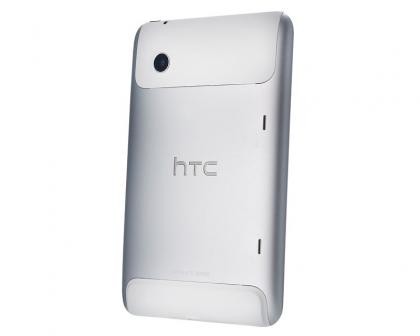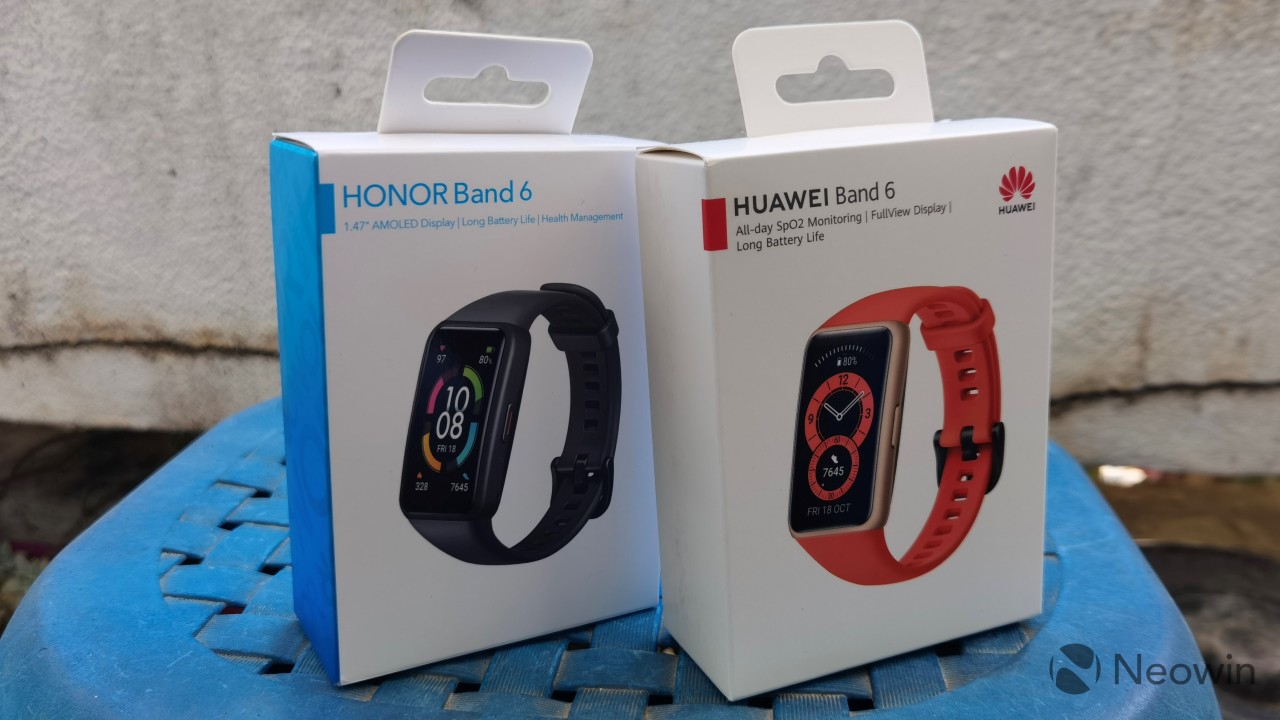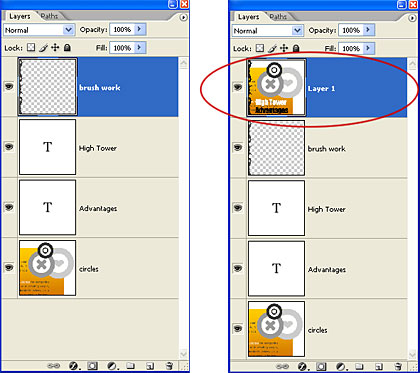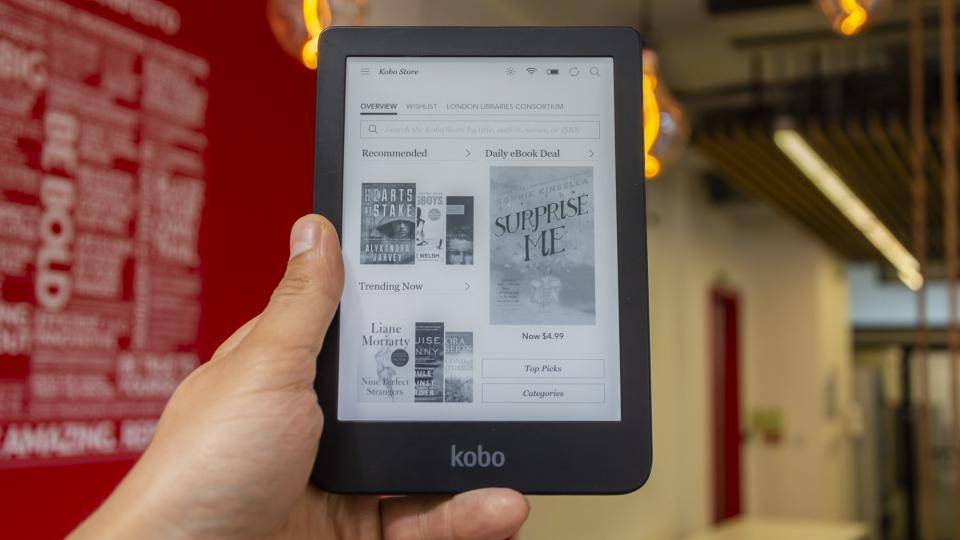Having been first out of the blocks with an Android smartphone, HTC bided its time when it came to releasing a tablet, and has taken an original approach with its first model, the Flyer. It's a 7in tablet rather than the more popular 10in format, and instead of Google's brand new Android 3.0 Honeycomb operating system, it runs for a heavily-customised version of Android 2.3. It has a touchscreen, but it also comes with a sophisticated stylus that can draw, highlight and erase.
The Flyer's 7in display means it's significantly smaller than the iPad 2 - it's around 5cm shorter and 6cm less wide, but is very slightly fatter. It's also lighter, at 420g instead of 601g. If you think the iPad 2, Asus Transformer or other tablets are too large, the 7in size could suit you. It also feels very well made - with its aluminium unibody capped by comfortable to hold plastic end pieces at the top and bottom - in portrait mode.

The display has a resolution of 1,024 x 600, compared to the 1,024 x 768 of the iPad 2 and 1,280 x 800 of Asus' Eee Pad Transformer. This leaves slightly less vertical room for web pages, but the screen's reduced size means text is clear. Viewing angles are wide and colours are vibrant, too - it's a lovely tablet to hold and use.
We're often wary of customised variations of Android - there's no doubting that Android's Achilles heel is fragmentation (having too many non-standard devices that dilute customers' expectations of the Android experience). However, HTC's Sense software has always been an exception: its changes to the user interface are subtle and practical, and its bundled apps are generally superior to the default Android versions.







